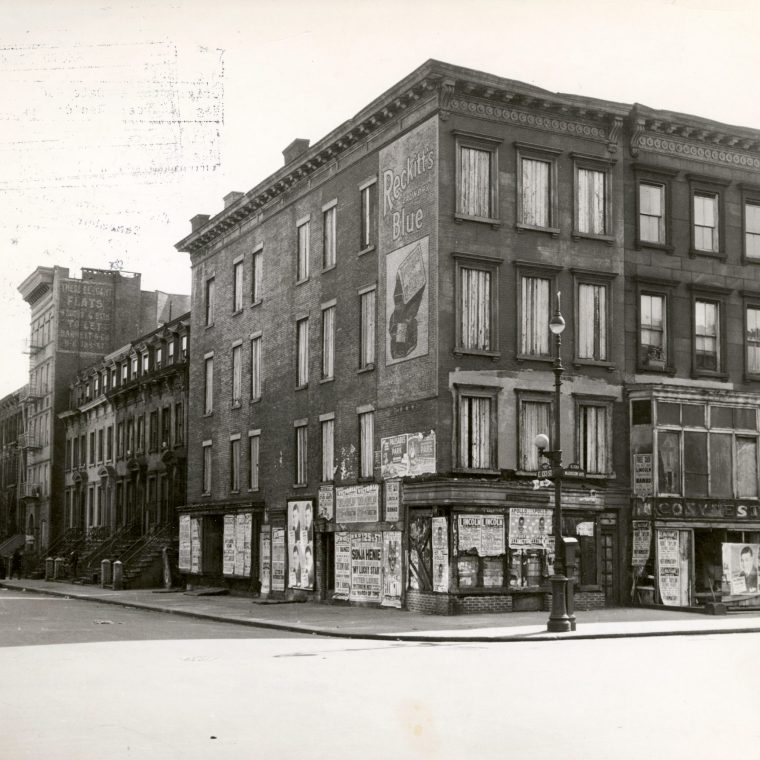Sometimes my reading creates accidental synchronicity. “The real answer is ‘maybe’” by Karrie Jacobs is, like all of her writing, a thoughtful examination of both a physical issue and its social context. “New York City will take steps to combat the problem of ‘zombie homes’” by Valeria Ricciulli is, on the other hand, a tightly-focused news story rather than opinion. But taken together, they reinforce one another.
Jacobs describes some of the complexity of development arguments that are often over-simplified (in the press and in our imaginations) as arguments between people who refuse all development and those who welcome it all. (NIMBY – i.e., “Not in my backyard” – is a late twentieth-century neologism; YIMBY – “Yes in my backyard” – followed shortly after.) There are certainly a few people who deserve one word or the other, but the vast majority take more nuanced positions. A lot of the work that goes on at the Landmarks Preservation Commission, for example, is working out compromises between new development, alteration, and strict preservation. Jacobs attempts to center the possible compromises rather than the polar-opposite argument.
Ricciulli, on the other hand, is describing a problem that may exist everywhere, but has a particular form here in NYC: the abandoned but unfixable building. The “zombies” have unclear ownership because of foreclosure or probate fights, so no one takes responsibility for maintaining them and no one lives in them. Buildings that are abandoned for any reason are problems for everyone around them. They can serve as breeding grounds for rodents and other pests, they are fire hazards, they are eyesores, and so on. A program that might turn them into usable housing, in a city desperately short on low-cost apartments, seems like a good idea.
What jumped out at me reading these two pieces within a day of each other, is that NIMBYs and YIMBYs are fighting the wrong fights. They tend to focus on large-scale development (for example, in New York, Hudson Yards) while ignoring the small-scale physical-environment issues that have a smaller footprint but cause constant irritation, like the abandoned house or the permanently-empty storefront. Today, big developments almost never get built the way they are first envisioned and rarely get canceled completely; but smaller issues are chronic problems that never go away. It’s possible that the hardcore NIMBYs and YIMBYs believe their endless battles are what produce those non-extreme results; it’s possible that they do. But surely there are targets for all that effort closer to home.
I’d like to see some YIMBYS talk about converting abandoned or underused buildings to new apartments. I’d like to see some NIMBYs talk about not allowing small-scale blight. And I think these are realistic hopes.



